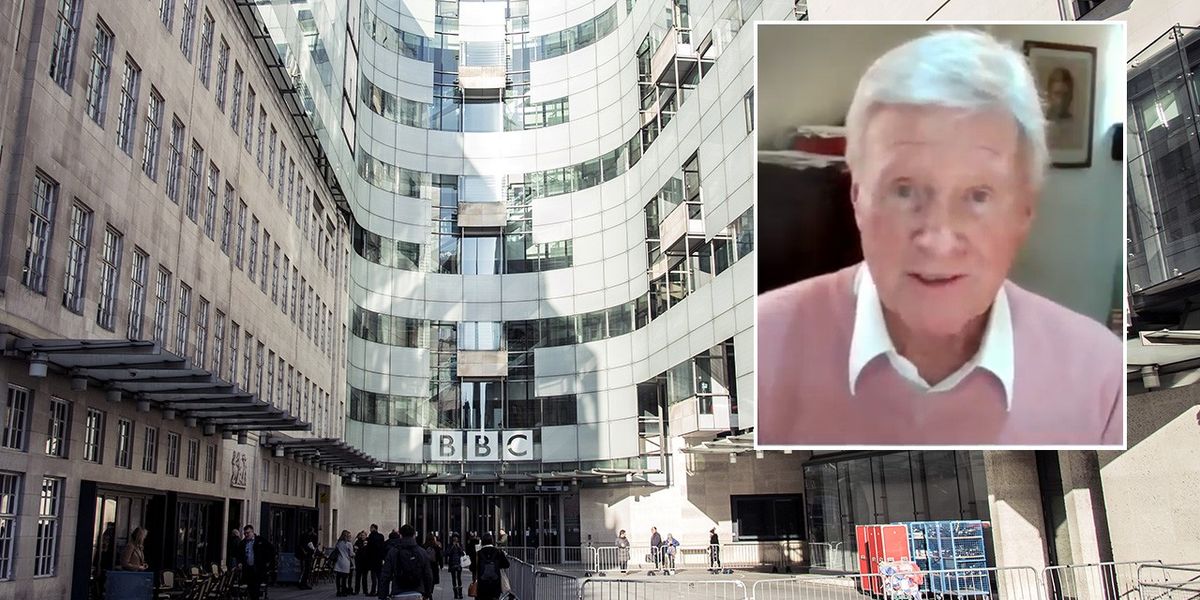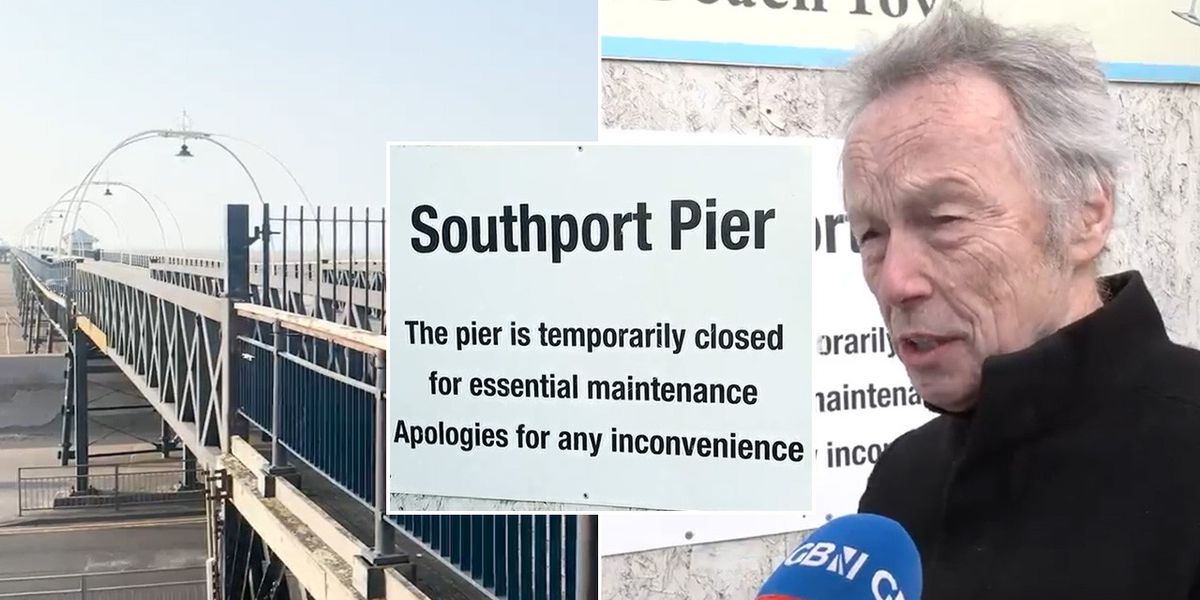Australian steel and aluminium exports to the United States are set to be slapped with 25 per cent tariffs.
President Donald Trump has announced the 25 per cent tariffs on imported metal would broadly apply without exemptions, during a media conference aboard Air Force One, on Monday Australian time, as he was flying to the Super Bowl in New Orleans.
‘Any steel coming into the United States is going to have a 25 per cent tariff,’ he told reporters.
In 2018, Australia was given an exemption from 25 per cent American tariffs on steel and 10 per cent import taxes on aluminum after then prime minister Malcolm Turnbull pointed out the US had trade surpluses with Australia.
Canada, Mexico, the European Union and the UK were also given exemptions on steel and aluminium tariffs.
But this time, President Trump has imposed tariffs more broadly, even though incumbent Prime Minister Anthony Albanese’s government has made the same point about the American trade surpluses with Australia stretching back to 1952.
This would affect steel workers at Port Kembla, near Wollongong, and Whyalla, in South Australia, along with aluminium manufacturers in Newcastle north of Sydney.
Treasurer Jim Chalmers was last week hopeful President Trump would grant Australia an exemption again from his wide-ranging tariffs.
President Donald Trump has announced the 25 per cent tariffs would apply for those products during a media conference aboard Air Force One, on Monday Australian time, as he was flying to the Super Bowl in New Orleans (he is pictured with daughter Ivanka)
‘We are confident that we can navigate these changes coming out of DC. We are well placed, we are well prepared,’ he told ABC News Breakfast on February 4.
‘The Americans run a trade surplus with us, they have done since the Truman Administration I think in 1952, a substantial trade surplus.
‘Our relationship is mutually beneficial, and all of the conversations that we’ll have with our American counterparts will be about making sure that this really key economic relationship continues to be beneficial to both sides.’
In 2023, the United States had a $US17.7billion goods trade surplus with Australia, which would be worth $A27.2bilion at today’s exchange rate of 63 US cents.
The United States was Australia’s third biggest two-way trading trading partner, but only the fifth biggest export market behind China, Japan, South Korea and India, who are bigger buyers of Australian iron ore and coal.
The Australian share market’s benchmark S&P/ASX200 was 0.5 per cent weak on Monday morning, following the announcement.
While President Trump had campaigned to reintroduce hefty tariff barriers in 2024, he had also given hints since coming to office that tariffs could be used as a negotiating tactic.

This would affect steel workers at Port Kembla (BlueScope staff pictured), near Wollongong, and Whyalla, in South Australia , along with aluminium manufacturers in Newcastle north of Sydney











